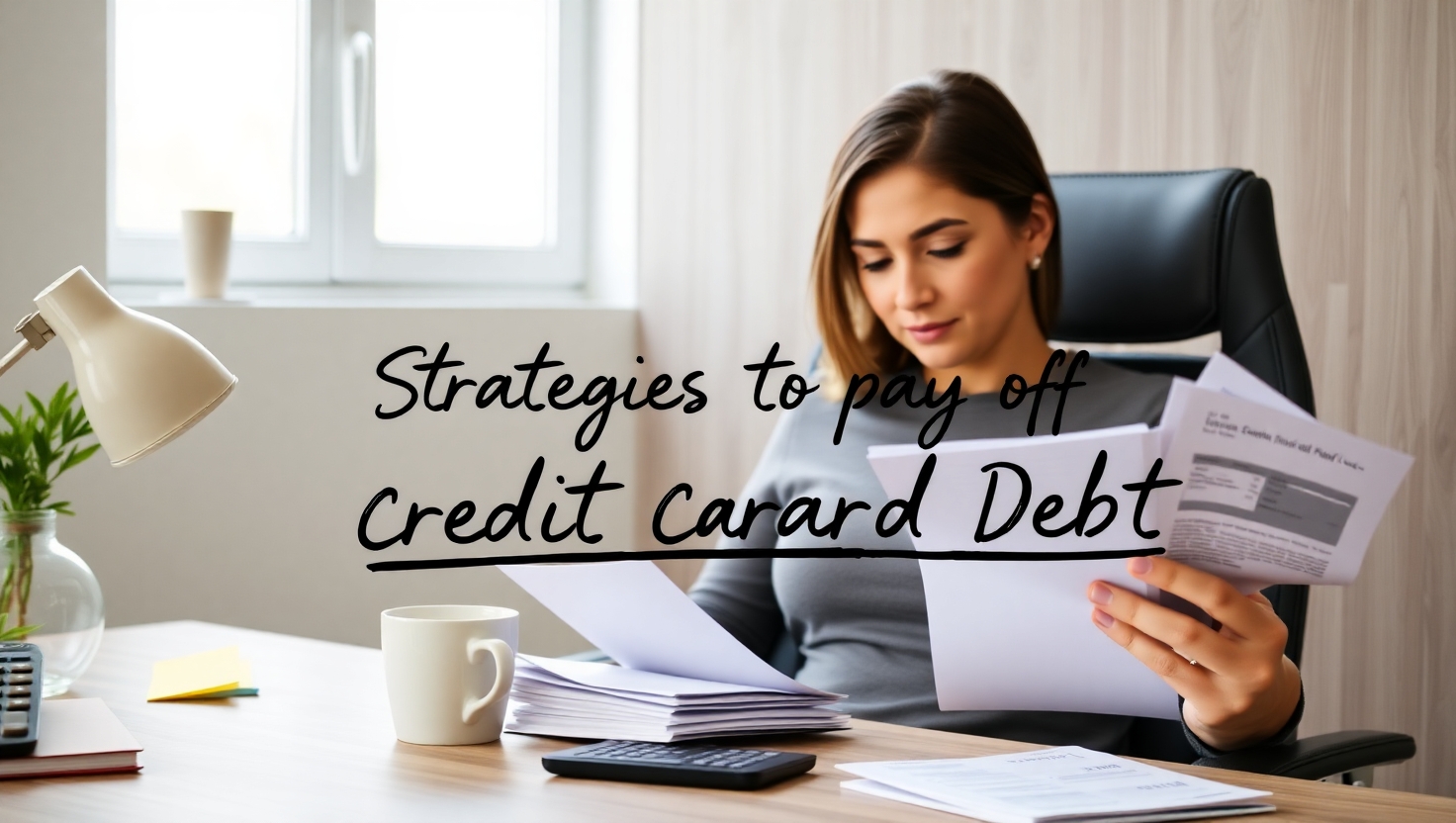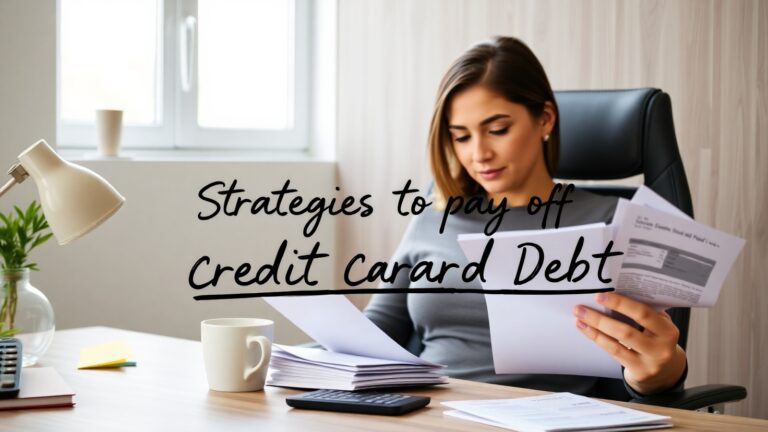Strategies to Pay Off Credit Card Debt: A Calm and Steady Approach
Credit card debt can feel overwhelming, but with the right strategies, it’s entirely possible to regain control of your finances. The key is to approach the situation calmly, methodically, and with a clear plan. Here are some effective strategies to help you pay off credit card debt without unnecessary stress.

1. Assess Your Debt Honestly
Before making any moves, take a deep breath and assess your current situation. Gather all your credit card statements and list:
- The total amount owed
- Interest rates for each card
- Minimum monthly payments
Seeing everything in one place removes uncertainty and helps you create a realistic plan.
2. Choose a Repayment Strategy
Two popular methods can help you tackle debt systematically:
A. The Snowball Method
- How it works: Pay off the smallest debt first while making minimum payments on the rest. Once the smallest debt is cleared, move to the next smallest.
- Why it works: The quick wins boost motivation and keep you committed.
B. The Avalanche Method
- How it works: Focus on paying off the debt with the highest interest rate first while maintaining minimum payments on others.
- Why it works: Saves more money on interest in the long run.
Choose the method that aligns best with your personality—whether you need quick wins (snowball) or prefer a cost-effective approach (avalanche).
3. Create a Realistic Budget
A budget isn’t about restriction—it’s about clarity. Track your income and expenses to identify areas where you can cut back. Even small adjustments, like reducing dining out or subscriptions, can free up extra money for debt payments.
4. Negotiate Lower Interest Rates
A simple phone call to your credit card issuer could save you money. Politely ask if they can lower your interest rate, especially if you’ve been a long-time customer with a good payment history. Even a small reduction can make a difference.
5. Consider a Balance Transfer or Debt Consolidation
- Balance Transfer: Move high-interest debt to a card with a 0% introductory APR (usually for 12–18 months). This gives you time to pay down the principal without accruing interest.
- Debt Consolidation Loan: Combine multiple debts into one loan with a lower interest rate, simplifying payments.
Just be sure to read the terms carefully and avoid accumulating new debt.
6. Increase Your Income (If Possible)
If your budget is already tight, consider temporary side gigs—freelancing, selling unused items, or part-time work—to accelerate debt repayment. Even an extra 100–200 per month can make a noticeable difference.
7. Stay Consistent and Patient
Paying off debt is a marathon, not a sprint. Celebrate small milestones along the way, and don’t be discouraged by setbacks. Consistency is far more important than speed.
Final Thoughts
Debt doesn’t disappear overnight, but with a calm, structured approach, you can steadily reduce and eventually eliminate it. The most important step is simply starting—once you do, each payment brings you closer to financial freedom.
Take it one step at a time, and remember: progress, no matter how small, is still progress. 💙
Would you like personalized tips based on your situation? Feel free to share (without personal details), and I’d be happy to help!
